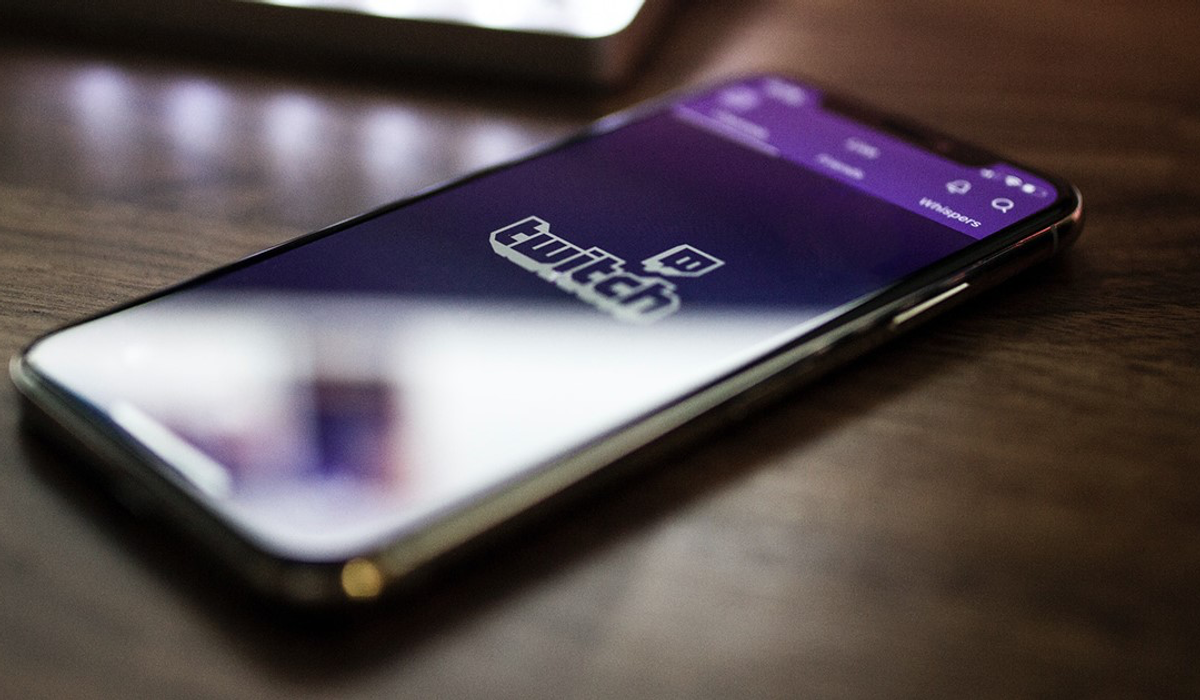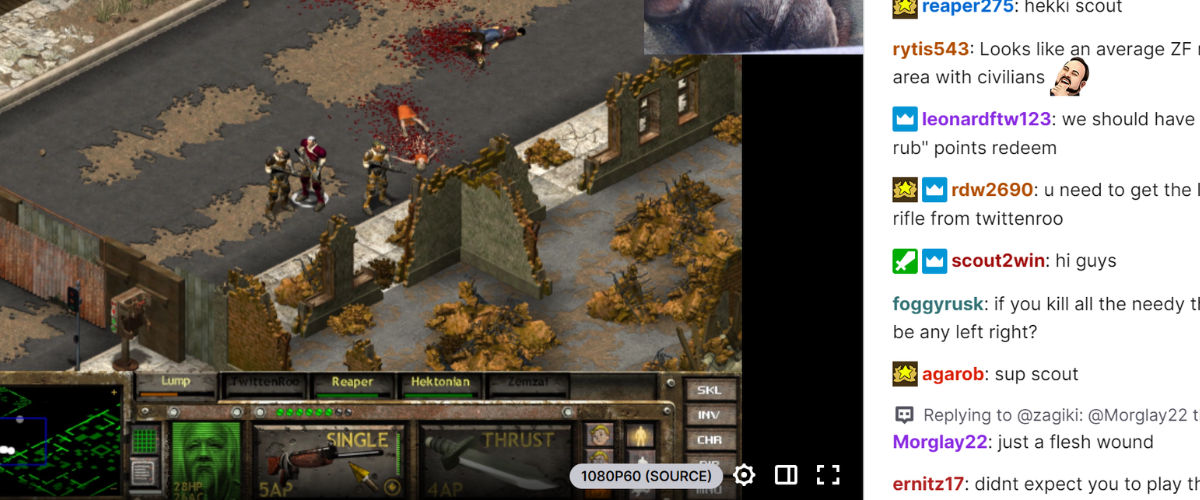e-Learning News

Twitch: What’s your gamer doing on there?
So, the young person in your life loves gaming, right?
Well so do we! But let’s talk about the platform your avid gamer might visit if they want to watch their favourite gamer play LIVE.
Twitch.
What is Twitch?
Twitch is an online streaming service that connects its users via means of live streaming. Whilst Twitch was originally designed as a space for gamers to live stream themselves playing popular games such as Fortnite or Call of Duty, it has since expanded its reach to include the broadcasting of other popular domains such as music, arts and crafts, Esports championships and ‘in real life’ streams.
Do you need an account?
No. Immediate access to live streamed content is available without an account. However, if your child wanted to stream themselves or comment on their favourite Twitch streamer’s content then they would need to create an account/profile.
Let’s talk cyber safety and digital wellbeing
Twitch is a great platform for creators to broadcast their talents, creativity and artistry to a large audience. Like any social network, online game or live streaming service, there may be potential risk factors that could impact a user’s safety and wellbeing. This is a particular concern for young people who frequent these spaces online when we consider the content they may be exposed to, the collection of information and data that may be asked of them and how they may be able to connect with strangers and tricky people.
Content: What will users be exposed to?
- Violence and graphic content: there is an overarching theme in commonly played ‘battle royale’ styles of gaming. These games often have higher levels of graphic imagery and violence. When young people are exposed to this type of content, it may desensitise them to the inappropriate nature of these interactions or frighten them, both of which could be detrimental to their wellbeing.
- Language: whilst creators can use a moderator (artificial intelligence) during live streams to limit some language and commonly known inappropriate phrases in the chat box feature, it is not a full proof system. Inappropriate language can still be shared and viewed by young people. As Twitch is primarily live streaming, the AI (artificial intelligence) does not filter the language being used by the content creator themselves during their stream. Unfortunately, this means there is a risk of young people being exposed to expletive language that is inappropriate for their age.
- Explicit content: Twitch has in place user policies that stipulates the prohibition of sexual/explicit content and nudity. This includes further guidelines around suggestive content and nudity. However, many content creators have found ways around these policies to continue live streaming their chosen content in what some might argue in an inappropriate manner. For example, wearing bikinis and/or in a hot tub. For a young person who may have wanted to watch a live stream of a gamer playing Fortnite, they may be exposed to sexualised or suggestive content which has not been identified by artificial intelligence as breaching the rules.
- Drug use: Unfortunately, Twitch’s drug policy only stipulates the prohibition of ‘hard drugs’ with marijuana and alcohol being an exception. Therefore, it is possible for content creators to openly discuss or promote their own use of drugs (most commonly marijuana) with some cases showing drug paraphernalia in the background of a live stream and the inclusion of pop ups involving drug imagery and/or symbols.
Collection: How is personal data collected and stored?
When Twitch users sign up for an account, there are terms they are agreeing to which means the following personal data can and may be collected.
- User-provided information (name, image, voice, email address, postal mailing address or phone number).
- Automatically collected information (Internet Protocol address (“IP Address”), a unique user ID, device and browser types and identifiers, referring and exit page addresses, software and system type, and information about your usage of Twitch Services.
- External sources information (advertisers, games or services you use, or social media networks, such as Instagram or Snapchat).
Before signing up for any account, read the user terms and conditions to find out further information about what data may be collected and how the data may be used.
Connection: Who is using this platform?
Twitch is a social networking platform. This means the premise is for users to connect and create in public spaces and it is therefore very easy for young people to connect with strangers.
- Live stream chat box feature: This is the section of the live stream that the content creator has sent for people to comment and share their thoughts about whatever it is that they are streaming. This also means a user can contact another user in this area.
- Just chatting: under the IRL (In Real Life) tab, there is a section called ‘Just Chatting’. This is where content creators stream themselves chatting and others can join in. As chat boxes can become inundated with comments, users can @ the person they want to speak directly with, whether they know the other person or not.
How to keep your young person safe
You’ve already started! You now have some key information about the content that may be fed to your child, the personal data that may be collected upon sign-up and some idea of who may connect with your child once they are in this space.
- Be aware that there are currently NO parental controls or screen time limitations on Twitch, therefore content cannot be restricted and curated to suit your child’s age, stage and interests.
- Create your own account to gain an authentic understanding of the content you will be fed, the collection of data that is asked of you and who you may be connected to in the spaces available. Role modelling good online behaviour is beneficial to your whole family.
- Delay, delay delay. Delay allowing your child onto live streaming services. Rather, find age appropriate search engines and safe video channels such as, KidzTube, YouTube Kids, Safe Search Kids and Kiddle.
- Make the most of our free resources. Our Family Digital Use Guidelines help to set up whole family expectations around positive use of technology, and our Conversation Checklist guides you and your children to start and continue the conversation around cyber safety.
Author: Kiah Allen | Cyber Safety Educator, Cyber Safety Project
Lauren Borg
e-Learning/Student Well-being Leader






